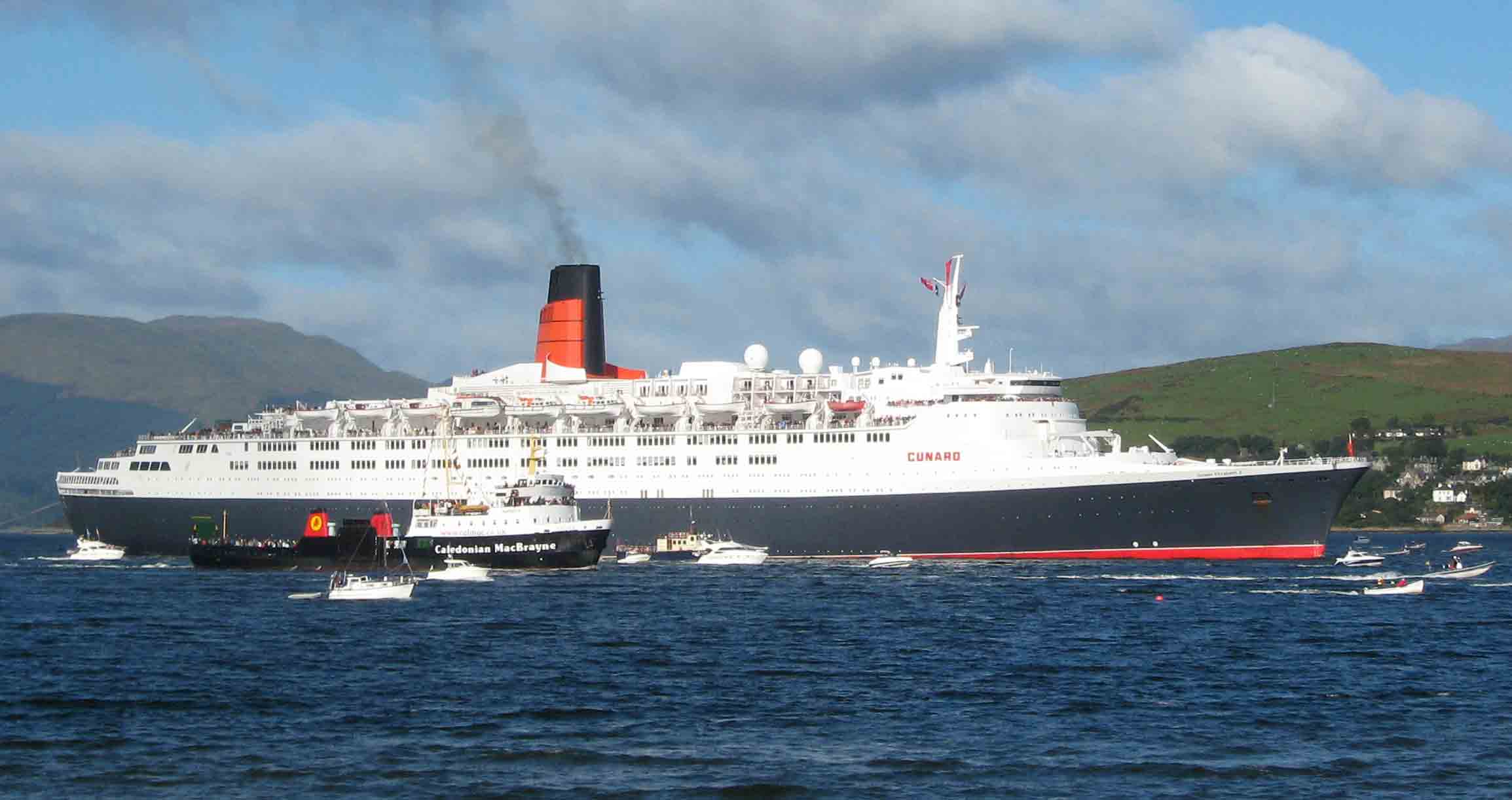The Queen Elisabeth 2 was retired from active Cunard service on 27 November 2008, where it was planned for her to begin conversion to a floating hotel which would have seen her eventually moored at the Palm Jumeirah, Dubai. However, as of March 2010 she remains moored at Port Rashid awaiting an uncertain future.
The real specifications for this ship are (taken from wikipedia.org):
- Length: 293.5 m
- Beam: 32,0 m
- Draft: 9.8 m
- Gross tonnage: 70327 gt
- Max. speed: 28.5 kn (~53 Km/h)
- Engine power: N/A
See some pictures of the real ship and the simutrans object:
This ship has been coded into Simutrans as a modern ocean liner, which provides massive passenger transport by sea after 1965.
Simutrans object data
| Type | Ship |
|---|---|
| Name | Queen Elisabeth 2 |
| Freight | Passagiere |
| Capacity | 2100 psg |
| Max.Speed | 53 Km/h |
| Intro Year | 1965 |
| Retire Year | N/A |
This vehicle is available in the Pak128 2.0. See the Pak128 web site for more info.
For more information on this ship check the following links:

















